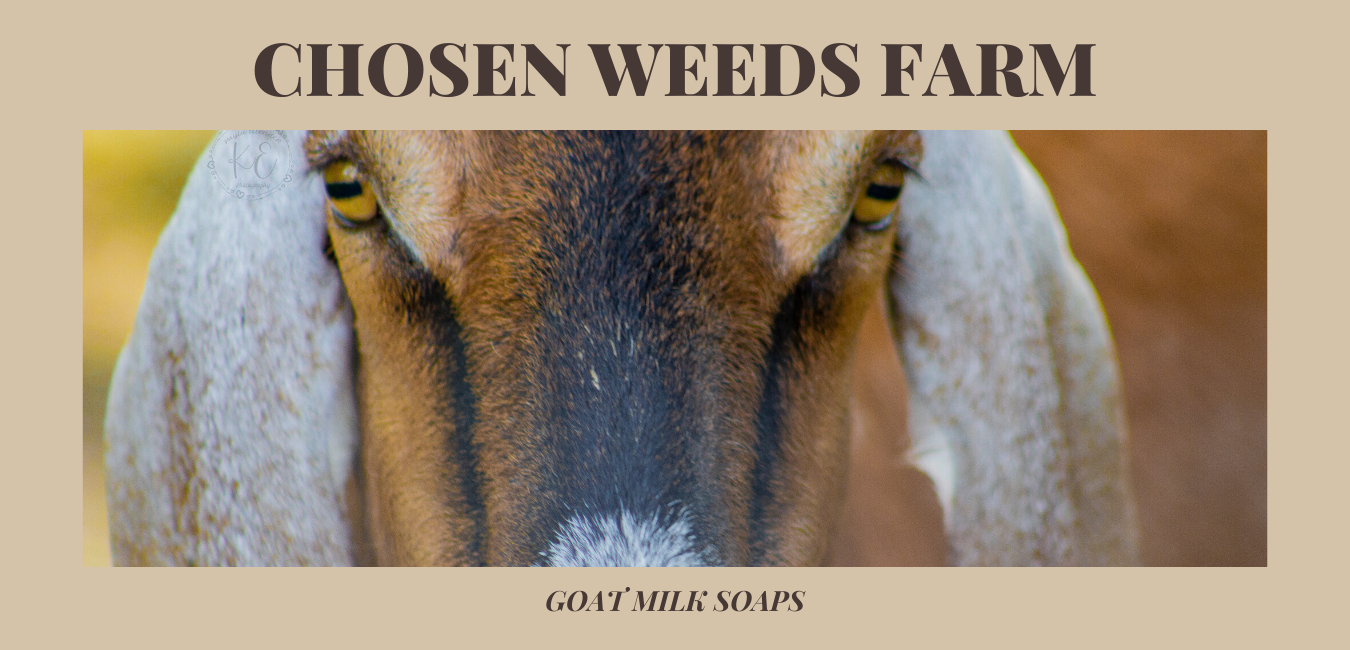“What is a weed? A plant whose virtues have not yet been discovered.” – Ralph Waldo Emerson

I got lucky this year. We usually aren’t graced with the presence of the wild plantain, until late winter/early spring, but a warm winter has it peeking out. This is lucky for you and for me, because now I can make an oil infusion for the chamomile facial bar soap.
No, I am not referring to the cooking banana, or green plantain. Although, I do have a nice recipe for flour-less pancakes that use them. You can check that out HERE.
Wild plantain is a leafy “weed.” Although I don’t really like that word because it brings up connotations of an unwanted plant, and this plant you will definitely want around. It is a common weed that originated in Europe but has been naturalized throughout the U.S. Worldwide, there are 200 species of this plant [1]. It is often considered an invasive species, but with a change of perspective, you can see this plant in a whole new light.
Plantain is plentiful and easy to identify. Common plantain (Plantago major) has rounded leaves, while English plantain, or Narrow-leaf plantain (Plantago lanceolata) has elongated lance-shaped leaves.
There are numerous uses for plantain, everything from poultices for snake bites and infection to urinary tract diseases and diarrhea. You can even eat the leaves, well; actually, the whole plant is edible. While I could go into all these uses, we are going to focus on why I would use it in soaps.
Plantain is a go to for skin issues such as scrapes, minor rashes, insect stings & bites, and minor burns; so it makes sense to use it in soaps and combine it with the unique properties of the goat milk.
Really, all you have to do is crush up the leaves and place it on an insect bite or burn. But by far the most effective way to use plantain (if you aren’t grossed out by it) is to make a spit poultice. Chew one of the leaves for a moment and then applying the wad of chewed up leaf to the affected area[2].
“Plantain has been used as a panacea in some Native American cultures and with some very good reasons. Many of its active constituents show antibacterial and antimicrobial properties, as well as being anti-inflammatory and anti-toxic. The leaves, shredded or chewed, are a traditional treatment for insect and animal bites and the antibacterial action helps prevent infection and the anti-inflammatory helps to relieve pain, burning, and itching.”- Mountain Rose Herbs
Externally, plantain is useful for:
- Drawing: a great choice to help draw out splinters and stingers as well as infections
- Soothing: for burned, itching, or otherwise damaged skin
- Anti-microbial: great for treating or preventing infections
- Healing: stimulates cell growth which speeds healing
Its natural antibacterial and anti-inflammatory properties make it great for speeding up recovery of wounds, and for itching or pain associated with skin problems.
Now go forth and forage!
For our facial soap that utilizes plantain go HERE
Have you ever used plantain? Tell me about it in comments section. I would love to hear about it!
Please Note:
- https://wildplantguide.com/foraging-plantain-herbs/
- https://www.motherearthnews.com/real-food/foraging-plantain-for-wild-food-zbcz1507
